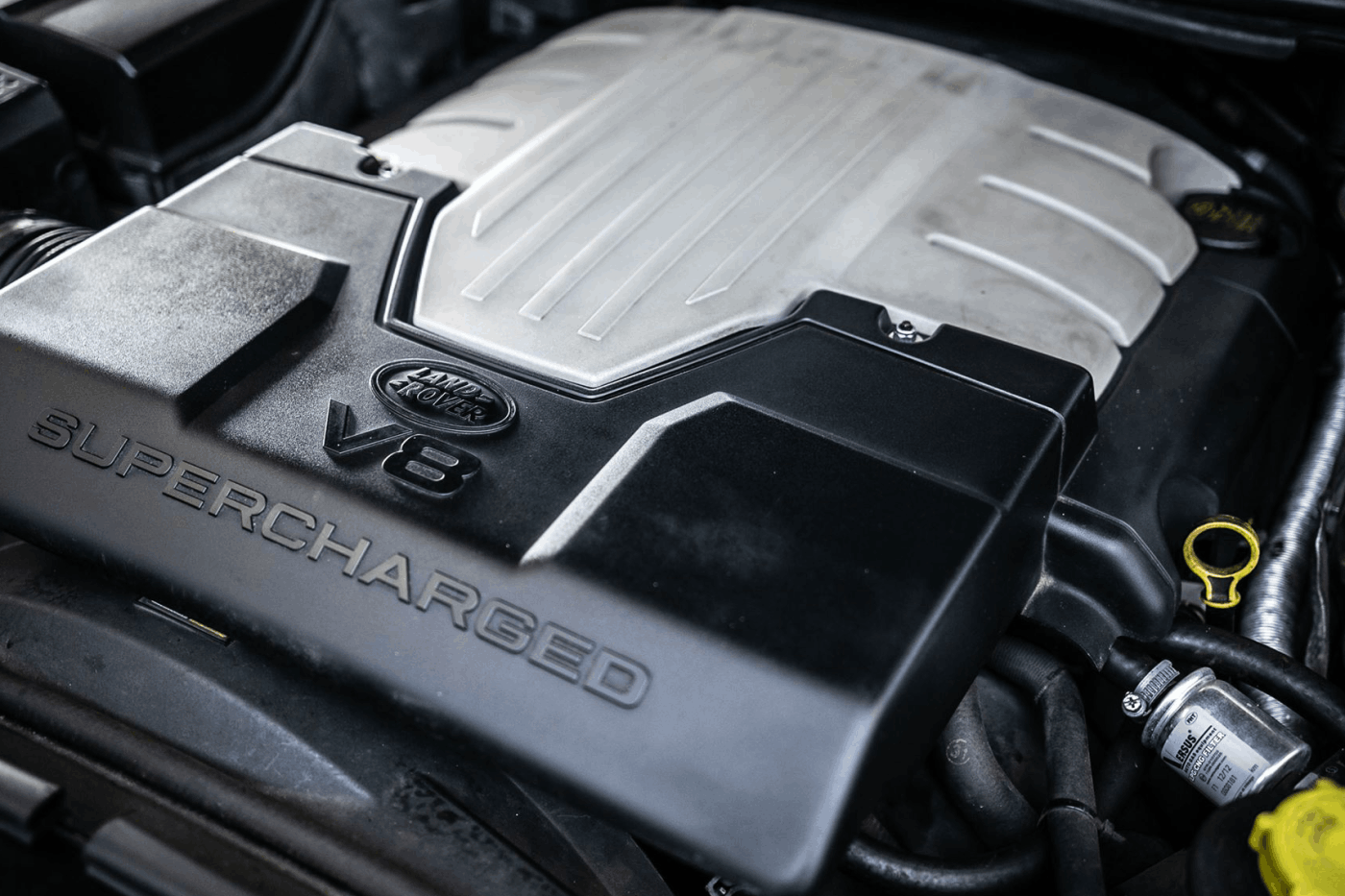a) Proper GAS powered vehicle operating guarantees benefits of the gas installation. First of all the most important thing is to care for a technical condition of a vehicle and especially these elements that have a direct influence on proper working of a gas installation, these are: ignition system (spark plugs, coils, high- voltage wires), intake manifold - especially air filter. In case of fuel the ignition system is subsidiary, whereas when it comes to gas this is the main cause of GAS installation’s problems. Because of its properties GAS burns slower than petrol so any spark jump at an open valve leads to a mixture detonation in the intake manifold (in case of I and II generation installations). It is worth noticing that the problems described above do not concern IV generation installation, where the risk of fires or any engine damages resulting from failure in ignition system, simply do not exist
b) Lubricant. Engine running on GAS does not require using any specific oil and most available oils are appropriate to be used in LPG powered engines (there are also purpose - built oils). Unlike petrol, the propane-butane mixture does not cause washing away of the lubricating layer from the cylinder walls. Because of gas combustion there are no carbonation problems. Thanks to this phenomenon color of the exchanged oil, when the engine runs on LPG, remains basically the same.
c) Also a very important matter is a systematic gas installation servicing - gas filters replacement - of liquid and gaseous state filters, reducer cleaning, etc. Inspections should be made in specialized workshops only by qualified staff.
d) Another and not less important issue is starting the engine on petrol and switching to gas at a proper engine temperature (recommended 30-40°C). It is important especially in case of LPG. If the switching to gas is immediate and the reducer body has not reached a proper temperature, LPG is not able to evaporate; furthermore, collecting the heat from the environment resulting from gas evaporation may cause freezing of the reducer. It usually does not concern the Sequential Gas Injection where the engine automatically switches to GAS at a proper (earlier programmed) temperature reached by the reducer.
